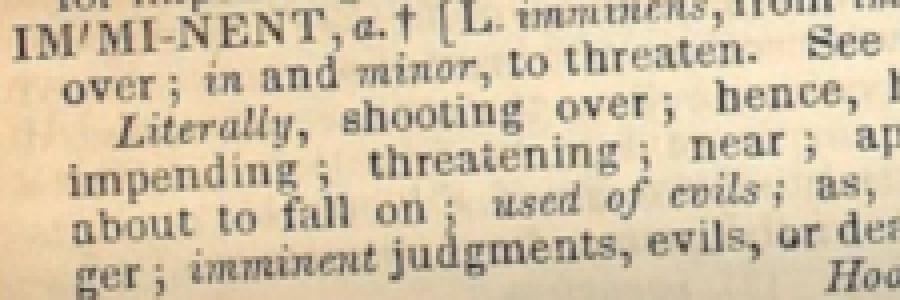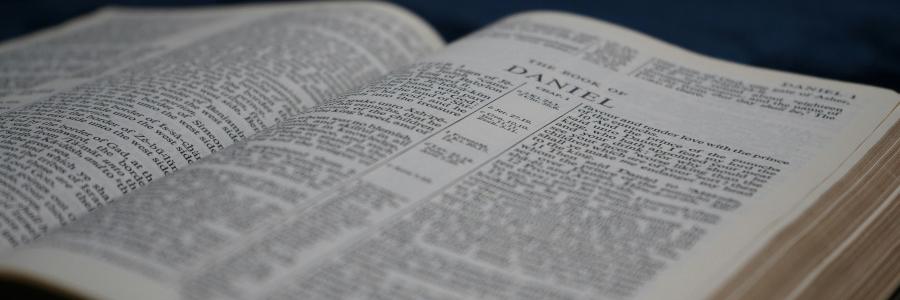Three Theological Words that Sound Alike
A lot of people talk about getting a “stint” in an artery, but they really mean a “stent.” I created a saying to keep things clear: “I went for a stint in the hospital to get a stent. It was quite a stunt.”
Like everyone else, I get my words confused. This can easily happen when discussing theology. An internet friend pointed out that, in some of my comments on a discussion forum, I had used the word “immanent” instead of the correct word in that context, “imminent.”
I thanked him, and, upon pondering his comments, remembered yet another similar word, “eminent.”






Discussion